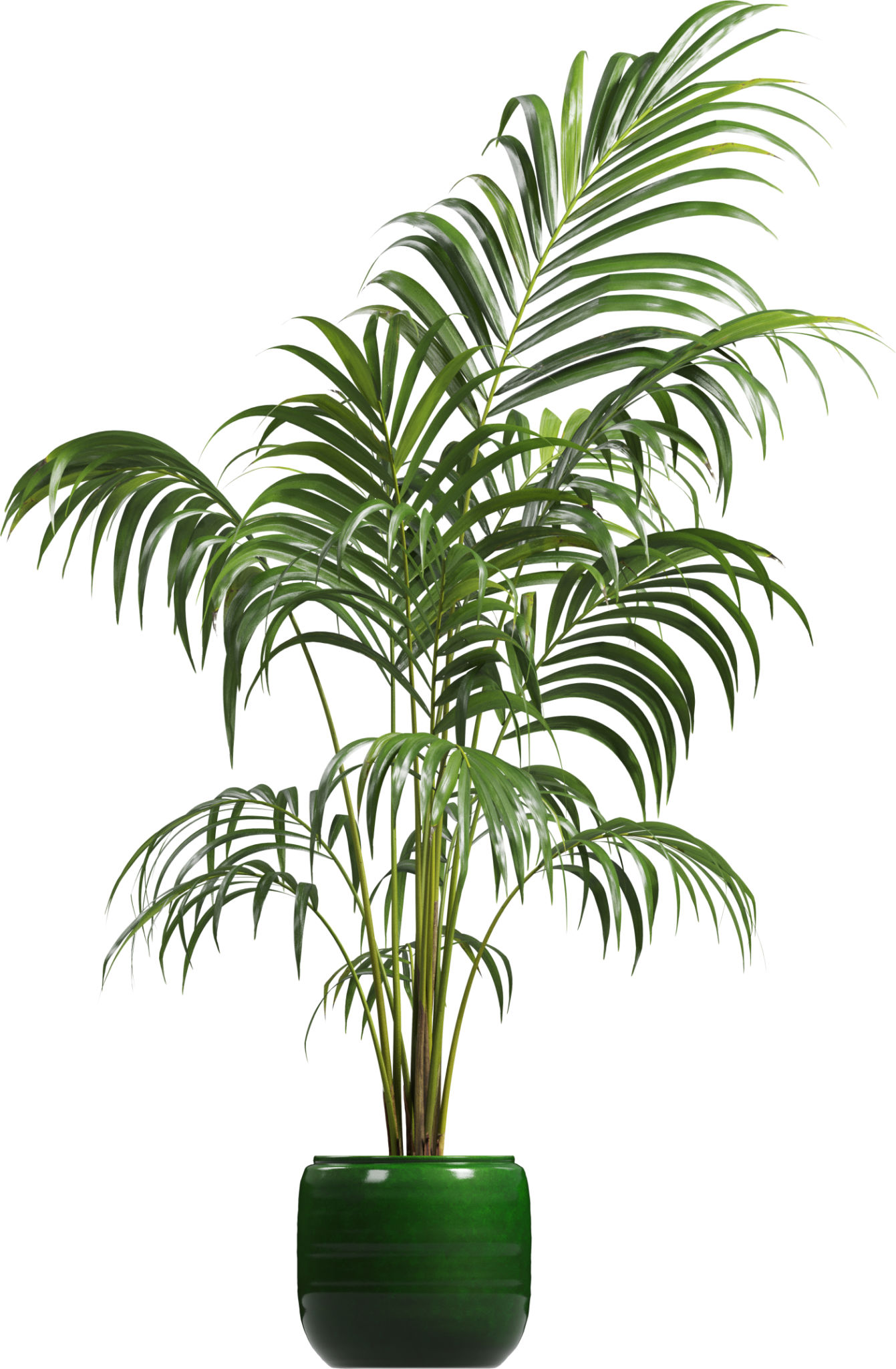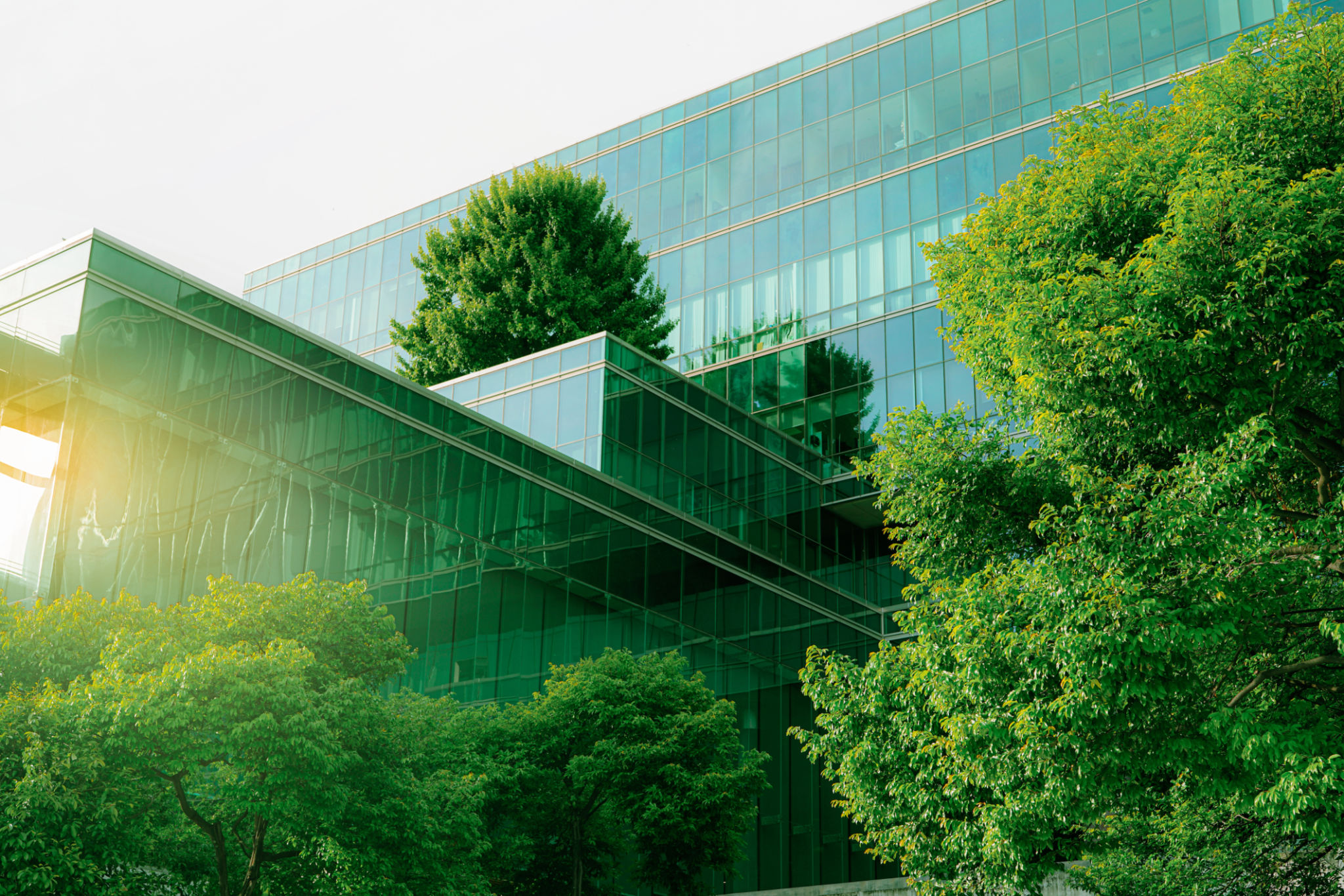Expert Advice: How Air Purifying Plants Can Boost Productivity
The Connection Between Air Quality and Productivity
In today's fast-paced world, finding ways to enhance productivity is a common goal among professionals. One often overlooked factor that can significantly impact productivity is the quality of the air we breathe. Poor air quality, filled with pollutants or stale air, can lead to fatigue, decreased focus, and even health issues. This is where air purifying plants come into play, offering a natural and aesthetically pleasing solution.

How Do Air Purifying Plants Work?
Air purifying plants work by absorbing toxins through their leaves and roots, then converting them into nutrients for their growth. This process not only cleans the air but also adds oxygen and increases humidity, creating a healthier environment. Certain plants are more effective than others in filtering out specific toxins found in indoor environments.
Some common toxins that these plants help remove include benzene, formaldehyde, and trichloroethylene, which are often found in office furniture, cleaning products, and even in the paint on the walls. By incorporating these plants into your workspace, you can significantly improve the air quality and, consequently, your productivity.
Top Air Purifying Plants for Workspaces
Choosing the right plants is crucial for maximizing their air-purifying benefits. Here are some top choices:
- Snake Plant: Known for its ability to remove toxins such as formaldehyde and benzene.
- Spider Plant: Effective in removing carbon monoxide and other impurities.
- Aloe Vera: Besides its healing properties, it helps clear formaldehyde and benzene.
- Pothos: A robust plant that thrives even in low-light conditions, great for filtering toxins.

The Psychological Benefits of Indoor Plants
Beyond air purification, plants offer psychological benefits that can further enhance productivity. Numerous studies have shown that having greenery in a workspace can reduce stress levels and boost mood. This is partly due to the calming effect of nature and the aesthetic enhancement plants bring to an environment.
Moreover, the presence of plants has been linked to increased creativity and problem-solving skills. This can be attributed to the way natural elements trigger our brain's ability to think more dynamically and innovatively.
Tips for Integrating Plants into Your Workspace
To fully reap the benefits of air purifying plants, consider these tips:
- Choose low-maintenance plants: Select species that require minimal care to avoid adding extra stress to your routine.
- Place them strategically: Position plants near areas with electronics or potential pollutant sources to maximize their efficiency.
- Ensure proper lighting: Most indoor plants thrive with indirect sunlight; adjust their placement accordingly.

The Long-Term Impact on Health and Efficiency
Incorporating air purifying plants into your workspace is not just a temporary solution; it offers long-term benefits for both health and efficiency. By consistently breathing cleaner air, you reduce the risk of respiratory issues and allergies, contributing to fewer sick days and greater overall well-being.
Furthermore, as the plants grow and thrive, they continuously enhance the atmosphere of your workspace, making it a more pleasant and inviting place to spend your time. This can lead to sustained improvements in productivity as well as job satisfaction.
Conclusion: A Green Investment for a Productive Future
Investing in air purifying plants is a simple yet effective strategy for boosting productivity in any work environment. By improving air quality and offering psychological benefits, these green companions can make a significant difference in how we work and feel.
If you're looking to create a healthier and more productive workspace, consider adding some air purifying plants to your surroundings. It's an investment that pays off in better health, higher efficiency, and a more pleasant work environment.